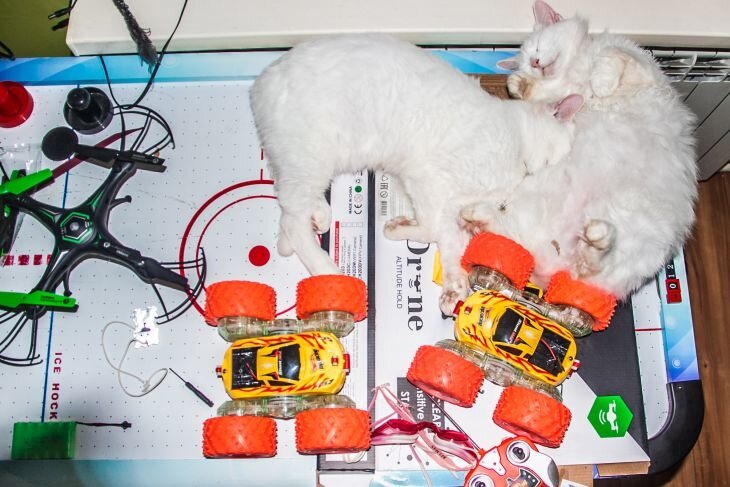How to Set Up a Cat Play Area: The Best Thing You Can Do for Your Pet
Cats are generally extremely curious and playful, so many pet owners create special play areas for them.
They can be small or large, simple or complex, but the main goal, as ADVICE.NEWS reports, is to keep your pets busy.
Here are some tips on how to create it.
Vertical space
Cats love to climb and explore, so provide them with vertical spaces, such as a real tree or simple shelves.
To do this, you will need to install sturdy shelves at different heights on the walls to create a climbing area.

Make sure the shelves are secure and can support the weight of your cat.
Scratching posts
Cats need to scratch to keep their claws healthy and to mark their territory.
Buy a sturdy scratching post or make one from sisal rope or cardboard.
Place the scratching post in a place that is easily accessible to your cat.
Shelters and tunnels
Create cozy hideouts and tunnels where your pet can retreat and play.
Use cardboard boxes, fabric tunnels, or cat tents to allow your pet to explore the area.
Make sure these rooms have multiple entrances and exits to make things even more fun.
Interactive toys
Provide your cat with interactive toys that stimulate the animal's hunting instincts.
Toys with feathers, strings, or balls to chase and pounce on are great choices.
Change toys regularly to keep your cat busy and from getting bored.
Window perches
Place a hammock or lounger near a window.
Cats love to observe the outside world and soak up the sunlight.
Make sure the "bed" is secure and provides your cat with a good view.
Obstacles with your own hands
Get creative and create simple obstacles using household items.
Place pillows or blankets on the floor for jumping and playing.
Create your own tunnel using large cardboard tubes or PVC pipes.
Interactive feeding
Make mealtime interesting by using puzzle feeders or treat-dispensing toys.
These toys make your cat work for food while providing mental stimulation.
It also slows down the pace of eating and prevents overeating.
